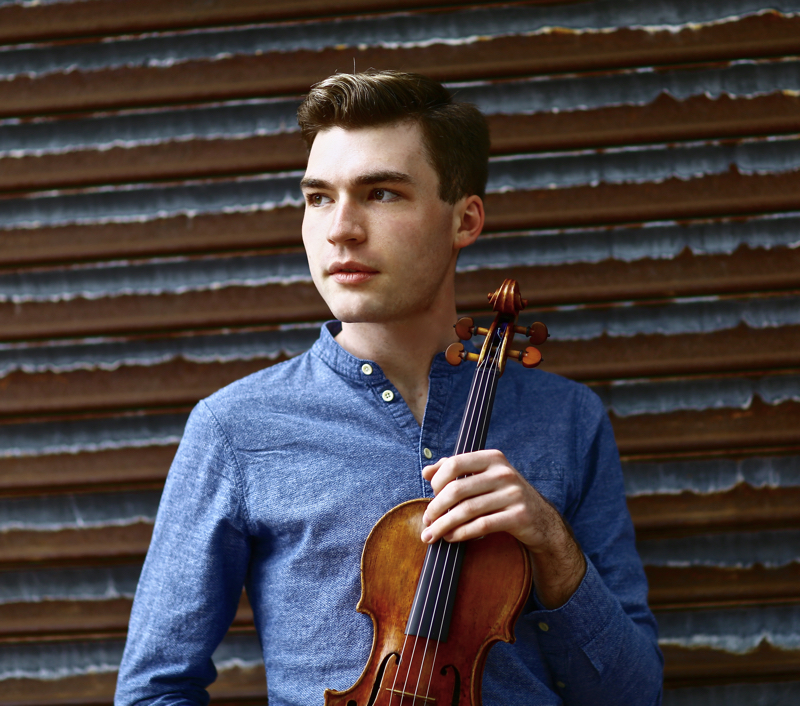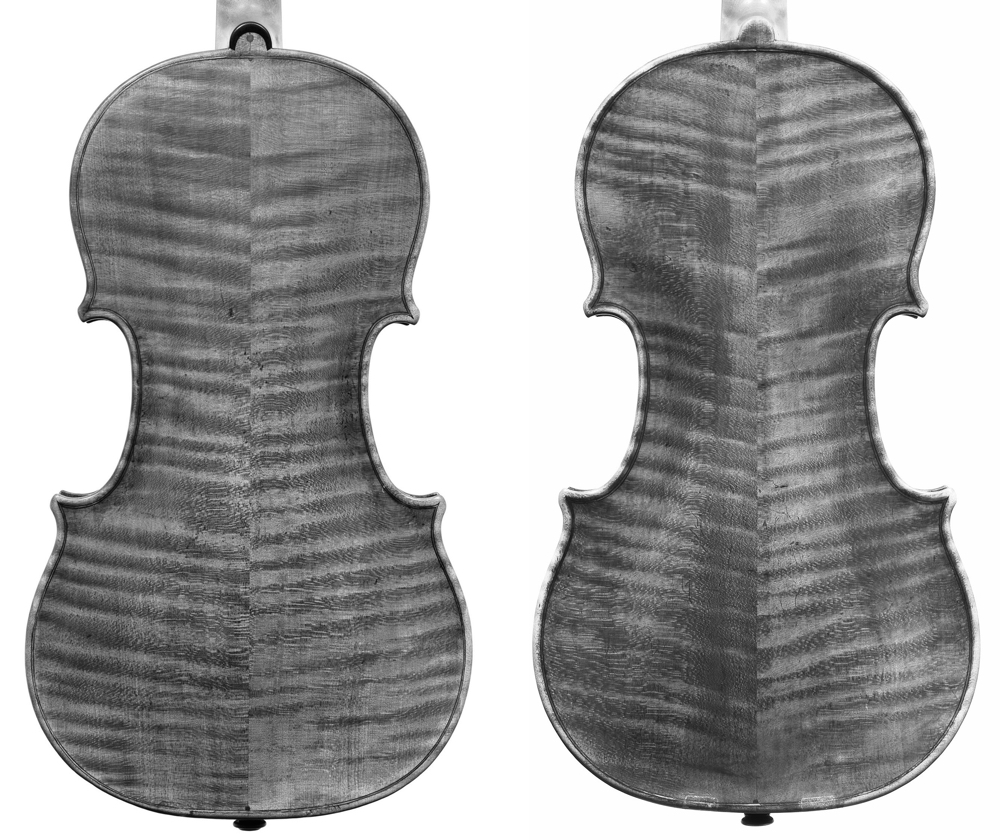I was lucky enough to be accepted on the artist diploma program at NEC (New England Conservatory) in 2015 and about two months into the program I heard that NEC was in the process of acquiring the ‘Joachim, Ma’ Stradivari. It was owned by the family of a former student back in the 1950s, Si-Hon Ma, who kept it as his prized possession until his death in 2009. He said that he wanted it to go to NEC for use, but at that point it was in a museum in Cremona and there was a long process before it was finally gifted to the school last April – that’s when I got use of it.

Alexi Kenney with the ‘Joachim, Ma’ Stradivari. Photo: Yang Bao
I’ve had friends who play Strads and Guarneris and I’d played a few notes on them here and there, but this is the first really fine instrument that I’ve been lucky enough to play for an extended period of time. There’s something very special about it. I don’t know whether it’s just this instrument or all Strads in general, but it has a huge depth of sound – it just keeps going when you hit the strings.
It’s definitely been a challenge to learn how to play it. I own a Peter Greiner and there’s a night and day difference between the two violins. The Greiner is incredibly responsive; you can use a very fast bow and the sound just goes out into the hall with ease, whereas with the Strad you have to coax out the sound that you want. But with the Strad you can create basically any sound you imagine, so that’s been the real pleasure in getting to know this instrument – the possibilities are just incredible.
Before I got the Strad I was perfectly happy with my Greiner, but exploring how to create sound in a different way has really opened up my playing – it’s changed my perception of creating sound and even how I think about music. It’s just so different from any violin I’ve ever played. I’ve been playing the Greiner and the Strad back to back in the last couple of months. On the Strad you approach the string with the bow in a particular way, but if you do that on the Greiner it produces a different sound from what I’m used to on that instrument, so there is some great cross-pollination between the two.
For me, the most surprising thing about this instrument was its darkness tonally because I’ve heard so often that Strads are brilliant and incredibly cutting – warm, but not necessarily dark. So it has been really surprising in a nice way because I love that sort of darkness in an instrument. Again it’s night and day from the Greiner, which is all light and silvery sounds. It’s been such an interesting comparison to make.


